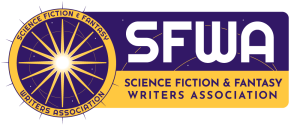Guest Post: Submit, Quit, or Self-Publish It?
The way to become a published writer is to write (and to submit what you write). Seems obvious, yet so many would-be writers produce that one story or novel and then rework it endlessly, or submit a story or three, get rejected once (or a hundred times), and decide to give up.
